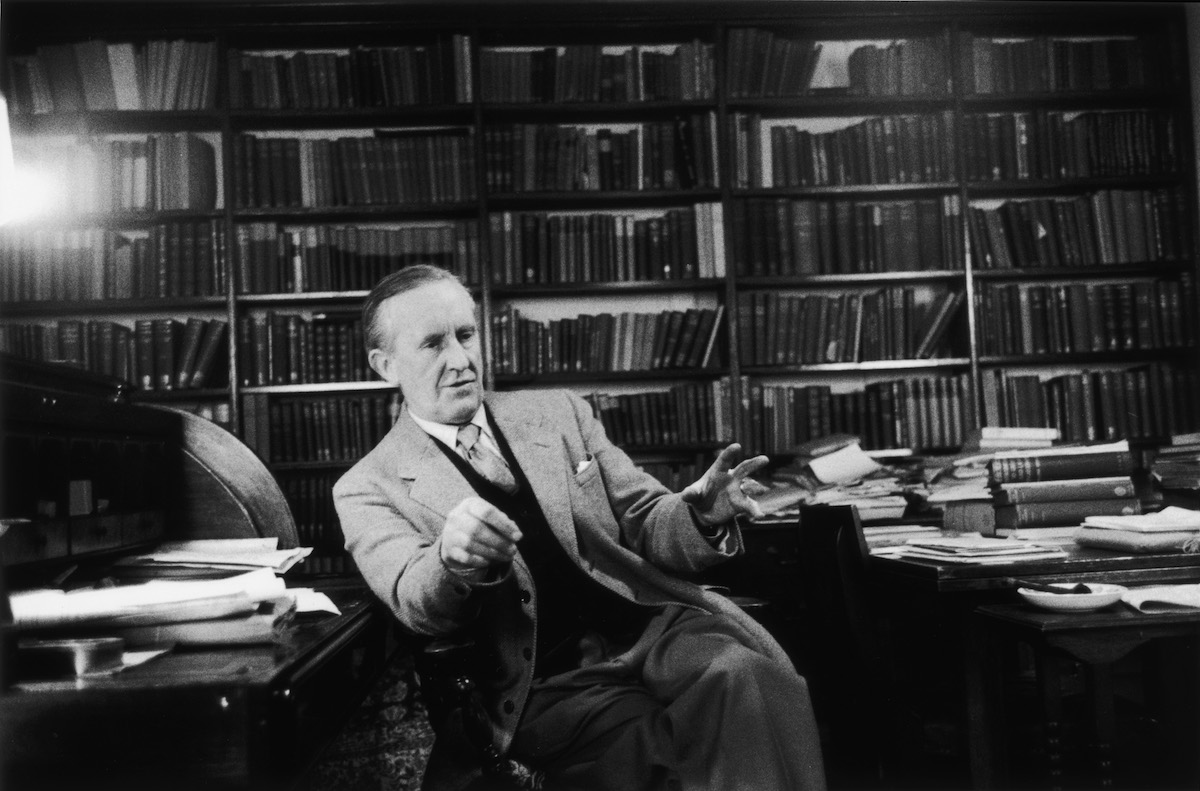
When the first edition of The Hobbit: or, There And Back Again was first published — 80 years ago, on Sept. 21, 1937 — C.S. Lewis famously called the book a “marvellous” classic-in-the-making, and the New York Times called it “freshly original and delightfully imaginative.”
TIME Magazine, meanwhile, called it…nothing. The book did not receive a review in the magazine’s pages in 1937, nor when the first U.S. edition arrived the following year.
That omission, while an obvious oversight in retrospect, is also a telling detail in the history of J.R.R. Tolkien’s first Middle-earth masterpiece. In fact, it took decades for The Hobbit to make the transition from being a well-reviewed children’s book to a work seen as one part of a classic, culture-shaping narrative.
One crucial ingredient in making the difference was the release of Tolkien’s later Lord of the Rings books in the 1950s, but even those volumes, while they expanded readership, didn’t finish the work of nudging the books from their genre niche to pop-culture domination. In the 1960s, however, that changed. TIME documented the phenomenon in 1966, declaring that hobbits were the new literary heroes on American college campuses. “[The] Rings trilogy was first published in the U.S. twelve years ago, had a small but dedicated coterie of admirers, including Poet W. H. Auden and Critic C. S. Lewis, but languished largely unread until it was reprinted last year in two paperback editions,” the story explained. “Since then, campus booksellers have been hard put to keep up with the demand. At the Princeton bookstore, says one salesman, it is the ‘biggest seller since Lord of the Flies.'”
Why was it such a hit, besides the more accessible paperback format? Though Tolkien said he hadn’t intended any sort of message for modern readers, the students to whom TIME spoke said that they appreciated the chance to escape from the complicated world of the 1960s to one where you could “cheer the hero and boo the villain.” It was a perfect match between a generation and the precise breed of escapism it demanded.
And, though The Lord of the Rings was the story that captivated those college-age readers, it was The Hobbit that became America’s best-selling mass-market paperback of 1966.
By the time Tolkien died in 1973, TIME noted, his readership had spread from “a handful of literate Anglophiles” to hundreds of thousands of fans across the U.S. and the world. And while the 1960s may have marked a hobbitomania peak, the series has had a resurgence: In 2001, 1.6 million copies of the book were sold amid excitement over the coming Lord of the Rings movies, at the time the most of any year since it was first published.
More Must-Reads From TIME
- The 100 Most Influential People of 2024
- Coco Gauff Is Playing for Herself Now
- Scenes From Pro-Palestinian Encampments Across U.S. Universities
- 6 Compliments That Land Every Time
- If You're Dating Right Now , You're Brave: Column
- The AI That Could Heal a Divided Internet
- Fallout Is a Brilliant Model for the Future of Video Game Adaptations
- Want Weekly Recs on What to Watch, Read, and More? Sign Up for Worth Your Time
Write to Lily Rothman at lily.rothman@time.com